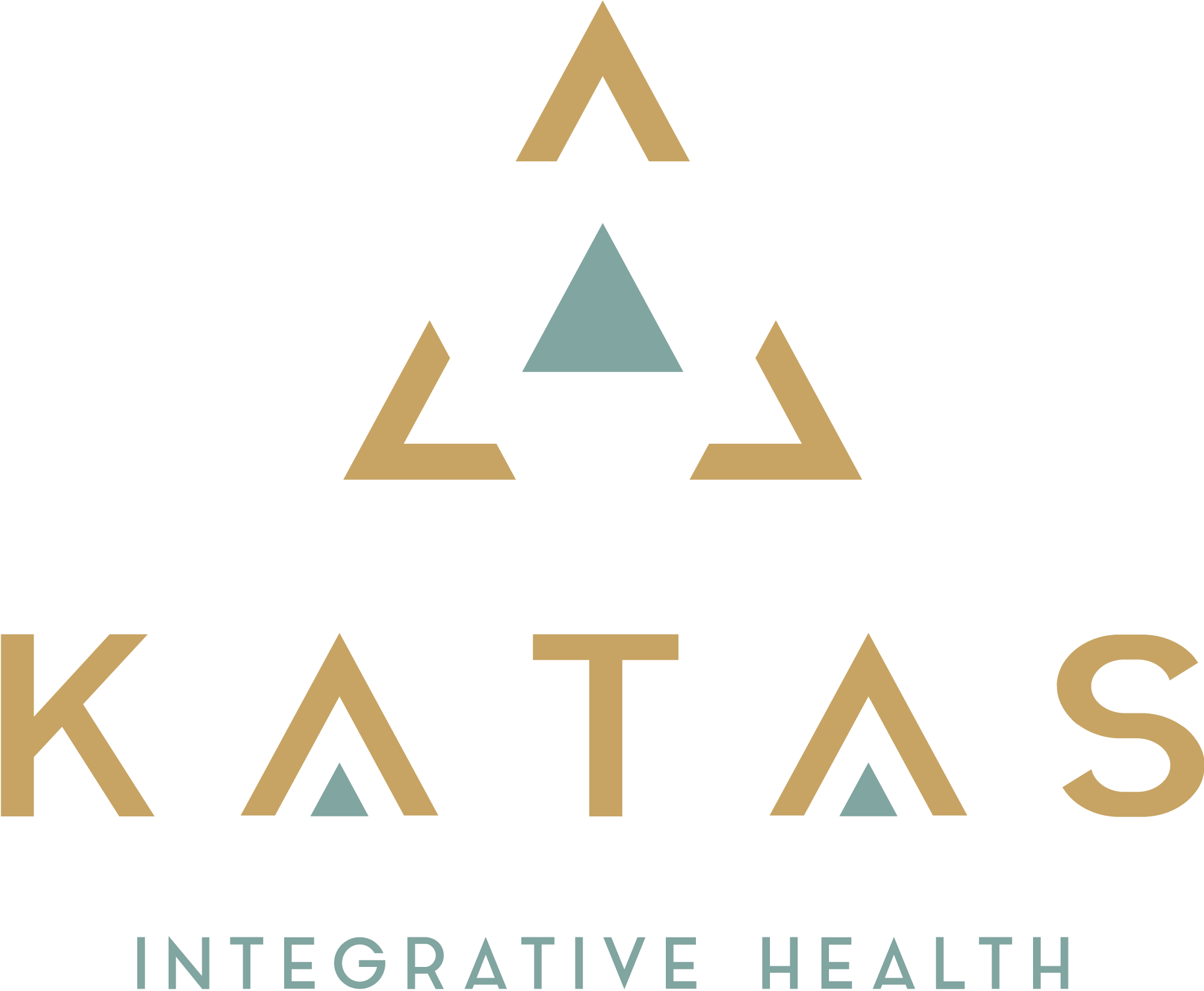“A healthy environment makes a healthy person”
The topic of mold may not be a dinnertime conversation, but it is oftentimes overlooked as a culprit making you and your family sick. Unless we are hyperaware of water damage and the potential for mold to form, it goes unrecognized as it is a lot of times unseen. You may have encountered different types of mold such as slimy black spots on your bathroom shower curtain, fuzzy white patches in your basement, fuzz on your produce or some other uninvited molds in rooms as your kitchen, carpet and laundry room. However, there can also be mold that is hidden within walls and ceilings from past water damage.
I remember growing up…..there was a spot on the foyer ceiling that would always be damp and leak until it was eventually “patched.” That spot was there for YEARS, festering and polluting our home. I was blissfully ignorant at the time, but looking back on these instances…there were blatant mold exposures. Our basement oftentimes flooded, as well! Never did my parents get our home tested for mold and even asking about it now, my mom is unsure she ever did. Medical News Today, Mold in the home: How big a health problem is it?
Definition
Before we discuss prevention and treatment let’s first define it. MOLD is a fungus that gravitates and thrives on moisture and reproduces by means of tiny, lightweight spores. The toxicity is far more common than is currently recognized. “Mycotoxins can enter our bodies if we inhale the spores into our lungs, absorb the toxins through our skin by direct touch, or ingest them in the form of contaminated food.” (Toxic, Neil Nathan M.D.) We now know that mycotoxins can also be made by molds that have colonized a body previously exposed to mold (most commonly the sinus and gut area).
Mold likes to colonize the body in warm, damp environments and can be the cause of many underlying illnesses. It is important to recognize if you may have encounter mold in your life, as it can stay in the body long after exposure. Mold is neurotoxic, dampens the immune system, and causes chronic respiratory conditions.
Mold Toxicity Symptoms

Photo by Andrea Piacquadio
• Fatigue
• Weakness
• Muscle aches/cramps
• Headaches
• Sensitivities to bright lights
• Unusual pains
• Chronic sinus congestion
• Abdominal pain/nausea/diarrhea
• Cognitive impairment
• Joint pain
• Skin sensitivity
• Numbness/tingling
• Metallic taste in the mouth
• Excessive thirst
• Dizziness.
How To Control Mold Growth
• Limit humidity with a dehumidifier
• Have proper ventilation (shower, laundry, and cooking areas)
• Quickly address any wet areas or water damage
• Moisture Control (promptly fixing leaky roofs, windows, and pipe)
How to Prevent Mold on Food
It takes one moldy food item to get the whole basket covered in mold! This is a very important rule to remember the moment you are in the market. If you are buying non-packed items, ensure each of them is fresh. If you notice mold on any single piece, simply don’t buy it. Examine each item for bruising, softness, oxidation or signs of mold before you buy it and avoid any items that look overly ripe. When buying pre-packed food, you cannot examine every single piece, ensure you checked the date and chose the one that was most recently packed. Instead of buying processed or pre-packed food, where you often don’t have control of the product, choose local markets and stores you can trust. Good article on mold and food, How To Prevent Mold on Food

Photo by Karolina Grabowska
If you suspect mold in your home, make sure to get the inside AND outside examined with the ERMI system. The ERMI System involved vacuuming dust from the room and sending that specimen to the lab where it will get examined for 36 or more common species of mold.
Reach out to us for safer, more natural mold remediation services. If you are experiencing any of the above symptoms or suspect your body may be contaminated with mold, we have specialty lab testing and treatment options available.


